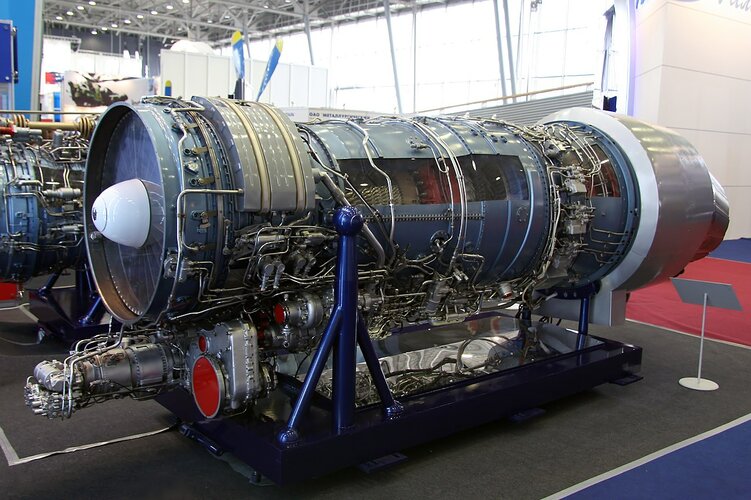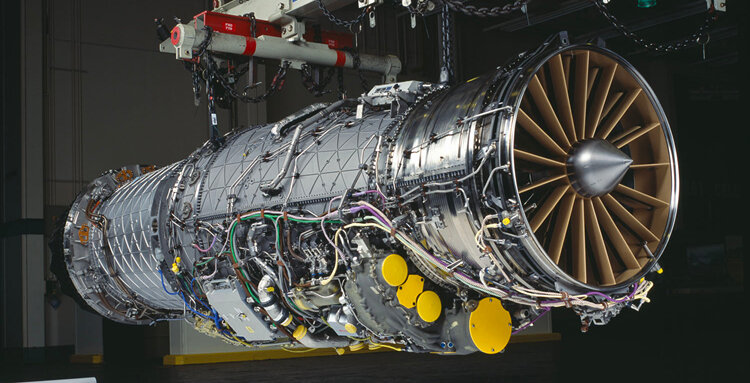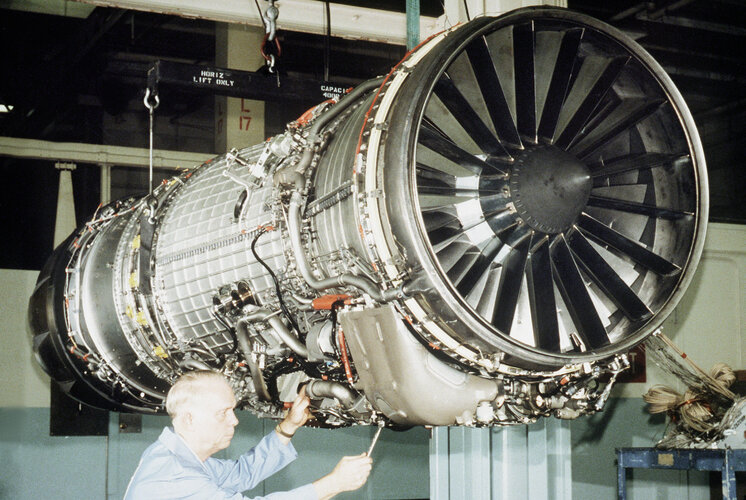You are using an out of date browser. It may not display this or other websites correctly.
You should upgrade or use an alternative browser.
You should upgrade or use an alternative browser.
Reasons behind jet engines spinner shape
- Thread starter Ronny
- Start date
thefrecklepuny
ACCESS: Confidential
- Joined
- 19 January 2008
- Messages
- 117
- Reaction score
- 76
The US J-79 had a blunt nose.
- Joined
- 27 December 2005
- Messages
- 16,720
- Reaction score
- 20,471
F-135 might be accommodating LO requirements as well as air flow requirements. Early F100s have a different shape to later ones.
siegecrossbow
I really should change my personal text
- Joined
- 12 March 2012
- Messages
- 404
- Reaction score
- 834
Seems to me that the sharper cone takes up smaller space. Not sure if that had anything to do with the design.
There is nothing in front of the engine so I don’t think it really matterSeems to me that the sharper cone takes up smaller space. Not sure if that had anything to do with the design.
Spinner shape is largely a question of OEM preference I think - it does have a bearing on things like FOD rejection round the core and (especially in airliners) ice accumulation, but you can execute a successful design either way. Which is also why you see manufacturers sometimes switching between styles (basic AL-31F is blunt but 117S is pointed, or F110 and F404, as eagle mentions). It's definitely not a Russian vs. US thing.
Last edited:
Now it sound like old jet engines have blunt nose and newer one have pointy noseSpinner shape is largely a question of OEM preference I think - it does have a bearing on things like FOD rejection round the core and (especially in airliners) ice accumulation, but you can execute a successful design either way. Which is also why you see manufacturers sometimes switching between styles (basic AL-31F is blunt but 117S is pointed, or F101 and F404, as eagle mentions). It's definitely not a Russian vs. US thing.
- Joined
- 3 June 2011
- Messages
- 17,663
- Reaction score
- 9,969
GE4 (SST) and J58 both had blunt.Now it sound like old jet engines have blunt nose and newer one have pointy noseSpinner shape is largely a question of OEM preference I think - it does have a bearing on things like FOD rejection round the core and (especially in airliners) ice accumulation, but you can execute a successful design either way. Which is also why you see manufacturers sometimes switching between styles (basic AL-31F is blunt but 117S is pointed, or F101 and F404, as eagle mentions). It's definitely not a Russian vs. US thing.
Now it sound like old jet engines have blunt nose and newer one have pointy nose
For military engines that may well be the case, possibly due to RCS considerations, as Paul suggests. In the civilian world though, spinner shape has almost been characteristic enough to tell the engine manufacturer by in the past 30 years or so. P&W is blunt, GE short & pointy, RR long & pointy (almost conical). Ukraine's Progress is very RR-ish, Russia's Aviadvigatel GE-ish.
Exercise for the reader: can you tell, at a glance, which joint-venture partner was responsible for the design of the fan module on the Engine Alliance GP7200 and IAE V2500, respectively
In aircraft with RCS consideration, isnt the view to the engine cone is blocked by inlet duct already?Now it sound like old jet engines have blunt nose and newer one have pointy nose
For military engines that may well be the case, possibly due to RCS considerations, as Paul suggests.
- Joined
- 15 January 2021
- Messages
- 267
- Reaction score
- 859
Lots of considerations:
- strength/weight. Round is probably stronger
- anti-ice system design
- inner flow path shape
- bird strike capability
- stealth shaping
- mounting system
- bearing compartment shape underneath
- sensor mounting (F100-220/229 Ps2 probe)
- strength/weight. Round is probably stronger
- anti-ice system design
- inner flow path shape
- bird strike capability
- stealth shaping
- mounting system
- bearing compartment shape underneath
- sensor mounting (F100-220/229 Ps2 probe)
Similar threads
-
The mystery surrounding the J-10’s powerplant – WS-10 or AL-31FN ???
- Started by Deino
- Replies: 16
-
-
-
-



